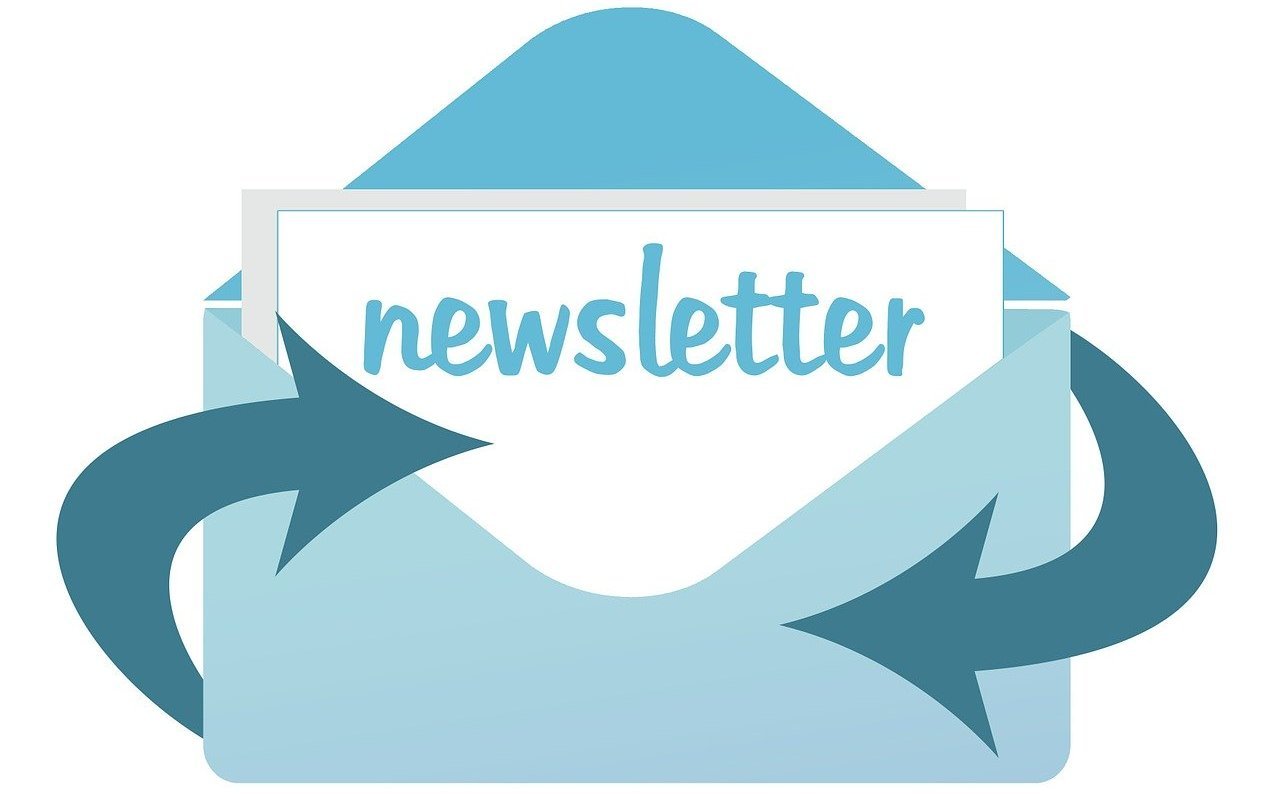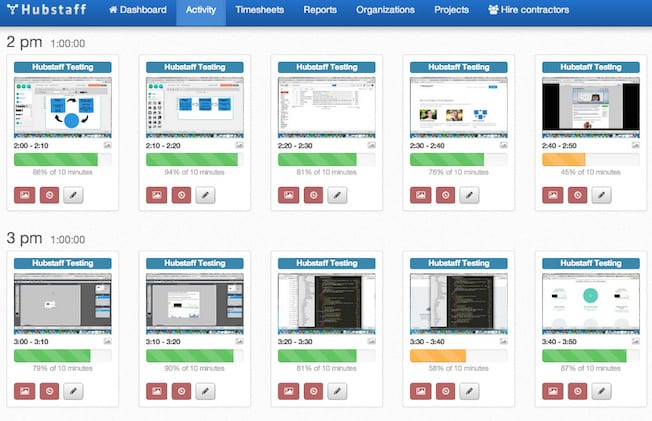The benefits of using email as a marketing tool cannot be overstated and sending a company newsletter is a great opportunity to take advantage of it. Marketing continues to see the most return on investment via the emailing channel. Despite increasingly fuller inboxes, email is second to an in-person interaction in customer acquisition.
Sending company newsletters has many benefits that support an evolving digital campaign. The uses and learnings are numerous, significant, repetitive, and useful to a successful business strategy. The following four straightforward steps to sending a company newsletter will help get you started.
1. Collect existing and potential customers’ emails
When a person reaches a webpage, a typical call-to-action is signing up for a newsletter whether it be through pop-ups, messaging, or forms. This is one of the more popular avenues in collecting emails of existing and potential customers’ emails. Depending on your type of business, other methods include social media channels or in-store sign ups. It is important to note that, as regulated by CASL and the CAN-SPAM Act, proven consent is essential for sending any email to an individual.
2. Connect the newsletter to your brand and business strategy
To enhance the spread of your company’s look and feel, your newsletter must have the same look and feel as if it were any other product or service offered. Both visual and written content must align with your brand, and in some cases, content used in one channel can also be used in your company newsletter. Your content will continue to develop based on the culture, behaviour and responsiveness of your target market that was defined via your company’s business strategy.
3. Communicate the objective of the newsletter effectively
Although a transaction is the most desired type of conversion, a company newsletter can also be used for providing your audience with information, requesting feedback, encouraging a community, and promoting contests, special pricing, or events. In order to avoid your newsletter going straight to spam, ensure there is an option to unsubscribe, avoid being over-promotional, and contain content that is relevant and tailored to your readers.
Regarding an email campaign, the what is equally as important as the how. Most emails are read via a mobile device, and so, tailoring your newsletter so that it is easily read on a cellular device is paramount. The most popular software available to create and send newsletters are: Mailchimp, Customer.io, iContact, Constant Contact, GetResponse and Benchmark.
4. Count the response, analyze, learn and adapt for the future
One of the most important uses in sending company newsletters is the response that is received, positive or negative. Important data such as click-through rate, bounce rate, open rate, and unsubscribe rate can impact future communications and strategies. Effective/ineffective promotions can be identified, appropriate/inappropriate content can be determined, and technical glitches can be found.
At the end of the day, your target audience wants to learn more about what your company is doing. Make it easy for them to find out!


